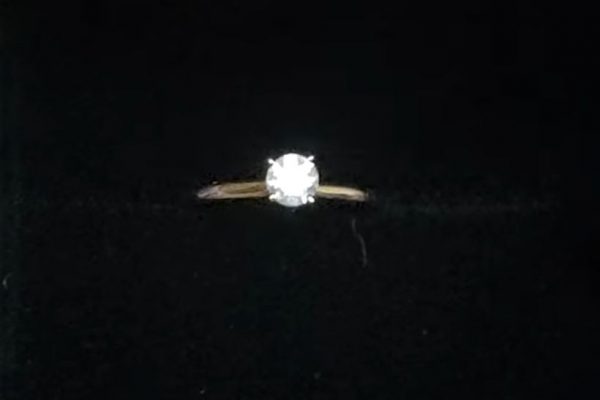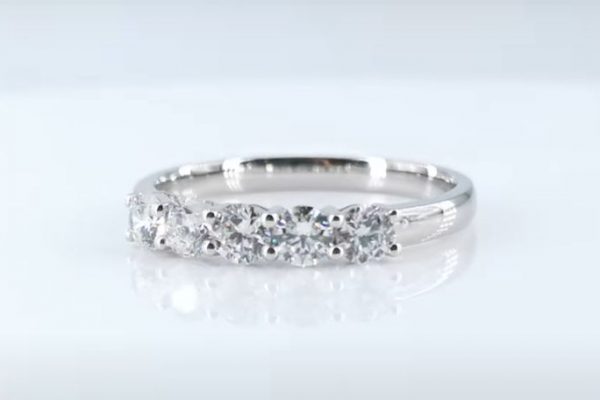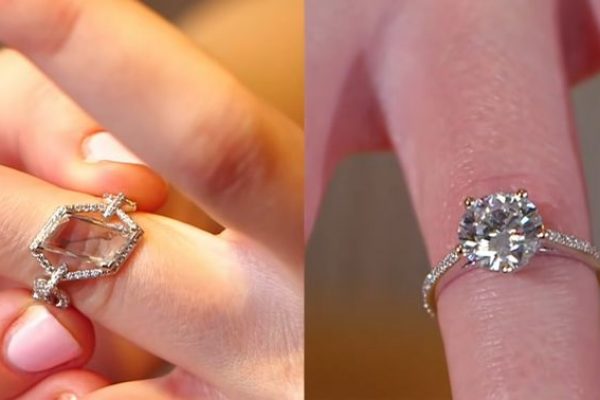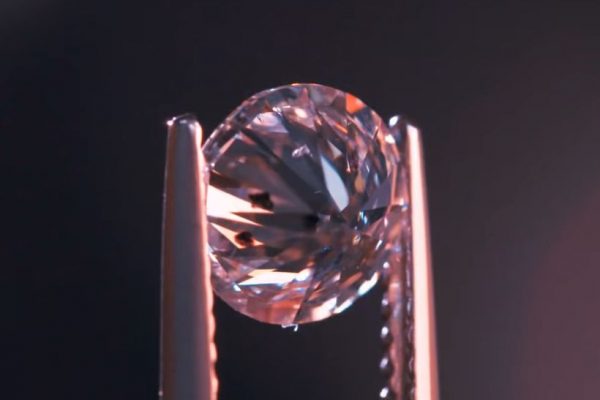Diamond testing is a process that is used to determine whether or not a diamond is real.
Diamonds are tested to ascertain their value in different industries for different purposes.
There are many ways to trick a diamond tester, read on to find out.
How to Trick a Diamond Tester?
If you’re wondering how to trick a diamond tester for educational purposes because you have a curious mind, there are many ways — from using a synthetic diamond to chemical treatment.
Here are some ways to do it:
Synthetic diamond
To use a synthetic diamond to trick a diamond tester, simply place it in the testing device alongside a real diamond.
Because the synthetic diamond is indistinguishable from a natural diamond, the tester will register it as such.
A synthetic diamond is a diamond that is made in a laboratory, as opposed to being mined from the earth.
They are identical to natural diamonds in almost every way, but they are sometimes cheaper because they are not as rare.
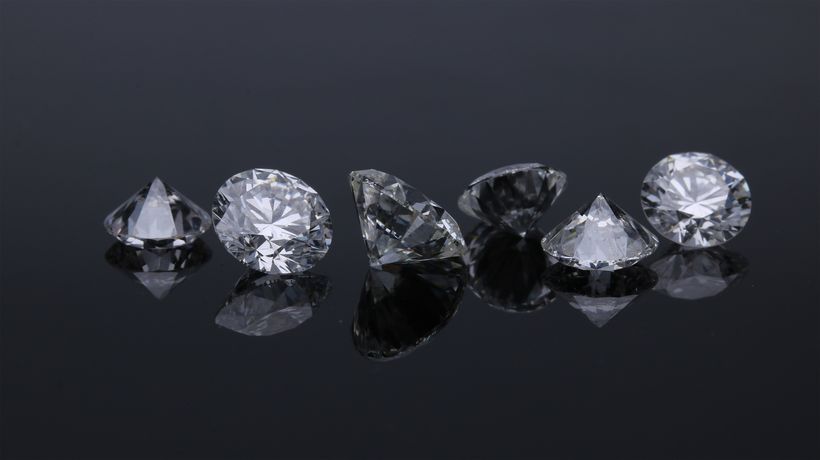
Chemical treatment
This involves treating the diamond with chemicals that change its appearance slightly, making it harder for the tester to identify it as genuine.
One of the most common chemicals used for this purpose is hydrofluoric acid.
- To chemically treat a diamond, soak it in hydrofluoric acid for a few minutes. Be very careful when doing this, as hydrofluoric acid is extremely dangerous.
- After soaking the diamond in the acid, rinse it off thoroughly with water and allow it to dry.
- When tested, the diamond may register as genuine because the chemicals have changed its appearance slightly.
There are other ways to trick a diamond tester. The important thing is to be creative and think outside the box.
If you can find a way to alter the appearance of your diamond slightly, you can probably get it to register as genuine with a diamond tester.
So experiment and have fun with your education!
Can You Cheat a Diamond Tester?
The answer is yes, you can cheat a diamond tester. There are different methods for tricking a diamond tester. From using wet sandpaper, to procuring a synthetic diamond, to doing a chemical treatment.
If you’re looking to buy a diamond, it’s important to know how to spot a fake. By learning these techniques, you can make sure that you’re getting what you paid for.
One common test is the density test. Diamonds have a higher density than most other gems.
You can also do a scratch test to see if your gem scratches glass. If it does, then it’s likely a diamond.
Finally, you can use a jeweler’s loupe to look at your gemstone and see if any of its characteristic features (like facets) are present. If they are, then it’s likely a diamond.
What Stones Will Pass a Diamond Tester?
Some gems have the same properties as diamonds, making it possible to pass a diamond tester by using these other gems.
The most common simulant for diamonds is moissanite. Other simulants that can be used to trick a diamond tester are cubic zirconia and white sapphire.
These gems have different chemical compositions than diamond, but also share the same crystal structure.
So, if you need to pass a diamond tester, one of these simulants might be a good option for you:
Moissanite
Moissanite is a rare, naturally occurring mineral also known as silicon carbide.
It was first discovered in 1893 by French chemist Henri Moissan while examining rock samples from a meteor crater in Arizona.
Moissanite is very similar to diamond and is often used as a diamond simulant.
Cubic zirconia
Cubic zirconia (CZ) is a synthetic (man-made) gemstone that resembles diamonds.
CZ is made of zirconium oxide and is hard, optically flawless, and usually colorless.
It is less expensive than diamond and can be used as a diamond simulant in jewelry.
White sapphire
White sapphire is a variety of the mineral corundum (aluminum oxide). Sapphires come in many colors, but white sapphire is typically used as a diamond simulant because it resembles diamonds visually. White sapphires are also less expensive than diamonds.
How Do You Make a Fake Diamond Test?
All you need is a diamond simulant. Assuming your simulant of choice is cubic zirconia:
First, take your cubic zirconia and place it on top of the diamond you want to test. Make sure the gemstones are touching each other. Then, press down on the top of the cubic zirconia with your thumb. Hold this position for about 10 seconds.
After 10 seconds have passed, release your thumb and remove the cubic zirconia from the diamond. Take a look at the tester’s results. Chances are, the diamond will show up as being authentic.
This technique works because diamond testers use an electrical current to test for authenticity.
When you press down on the cubic zirconia, you create a small pathway for the current to travel through. This pathway allows the current to pass through the cubic zirconia and into the diamond.
Because cubic zirconias are made of materials that are similar to diamonds, the tester is tricked into thinking that the diamond is real.
Can a Diamond Tester Give a False Negative?
If you take a look at how diamond testers work, it would appear that the answer is no – however there are certain scenarios in which they can give a false negative.
One example is if the tester is not properly calibrated. If the tester is not accurately calibrated, it may give a false negative.
Another example is if the diamond being tested is very small. Diamonds that are very small (under 1 carat) can sometimes be more difficult to test, and as such, there is a greater chance of getting a false negative.
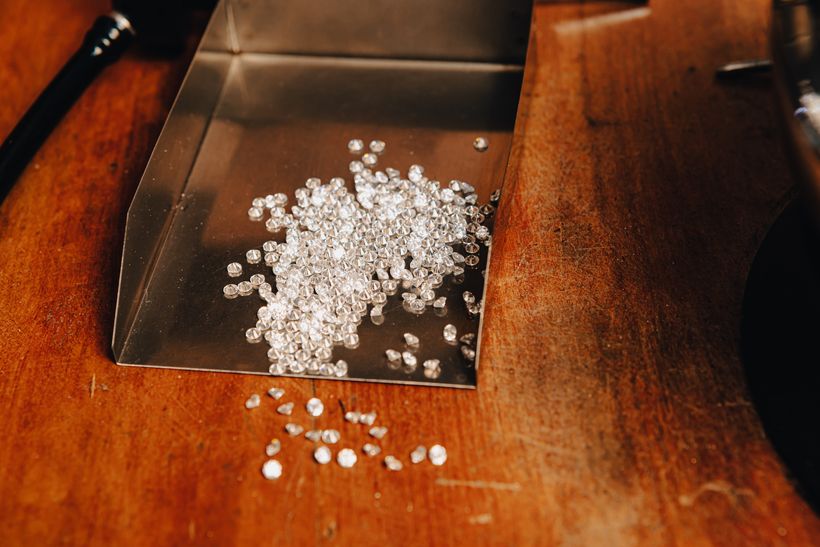
Finally, if a diamond simulant is being used as explained previously, this can also affect the accuracy of the test and lead to a false negative.
Overall
Diamond testing is not fool-proof. A skilled gemologist can usually tell the difference between a real diamond and a fake, but there are ways to trick testing machines.
If you’re trying to learn the techniques for educational purposes, or just want to have some fun with your friends, there are definitely ways to trick a diamond tester.
What do you think? Leave a comment after you share!



